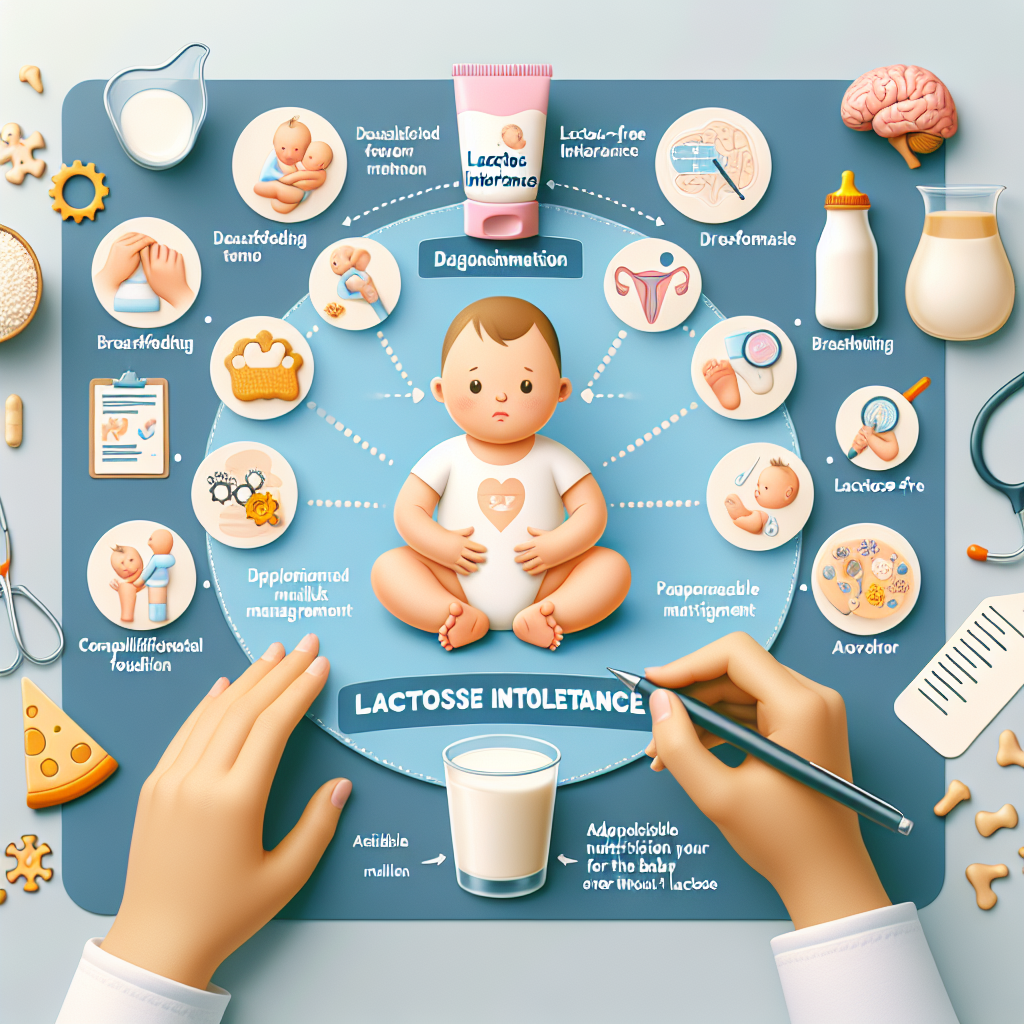Child Development: A Complete Guide to the Essential Stages
Child growth and development are fundamental issues that concern every parent. From the first days of life through adolescence, a child goes through various developmental stages that are crucial to their long-term health and well-being. In this guide, we will discuss the essential stages of child development, with an emphasis on motor development and language development.
Motor Development
Motor development is a process by which the child improves his control of muscle movements. From the first months of life, babies begin to develop their motor skills, initially these are involuntary reflexes. As the baby grows, it begins to gain control over movements, starting with the head, then the trunk, and finally the limbs.
Around 3-6 months of age, most babies begin to lift their head and turn their body, and at 6-9 months, they begin to sit up without support. From 9 to 12 months, they make big strides in walking, standing, and taking their first steps.
Parents can support their child's motor development through simple activities such as providing toys that encourage movement or by creating a safe environment for the child to explore. Make sure your child has enough space to move and encourage him to practice new skills every day.
Language development
Language development is another essential stage in a child's growth. From babbling and simple sounds to forming the first words and sentences, the child goes through a complex process of learning language.
The first stage, that of prelinguistics, starts from birth and lasts until approximately one year of age. During this period, the baby communicates through crying, smiling and other facial expressions, as well as through stuttering and syllabification. Parents can help develop language by talking to and reading to their baby frequently, even at this early stage.
With the passage of time, in the second stage - the linguistic stage - the child begins to form simple words and sentences. This stage is influenced by the environment, so the more the child is exposed to the language, the more effective the learning will be. Encourage your child to repeat words and engage in simple conversations to develop communication skills.
Conclusion
Child development is a continuous and complex process that requires attention and care. By understanding the essential stages of motor and language development, parents can play an active role in supporting their children's growth and development. A safe and stimulating environment, along with positive interaction and frequent communication, are key to giving your child the best start in life.
For more information and advice on child growth and development, we invite you to visit the dedicated section on our website and subscribe to our newsletter to keep up to date with the latest news and resources.
Lactose Intolerance in Babies: Tips and Effective Solutions
Lactose intolerance is a common condition that occurs when the body does not produce enough of the enzyme lactase, which is needed to digest lactose, the sugar present in cow's milk. Although more common in adults, lactose intolerance can also affect babies. This article will give you an insight into how you can identify and manage this condition in babies.
Identifying the Signs of Lactose Intolerance
How do you know if your baby is lactose intolerant? Some common signs include: colic, bloating, gas, diarrhea, and irritability after drinking milk or dairy products. Babies may show symptoms immediately or several hours after eating.
It is important to consult a doctor if you suspect that your baby is lactose intolerant. The doctor may recommend special tests to confirm the diagnosis and rule out other medical conditions.
Tips and Solutions for Lactose Intolerance
If your baby is diagnosed with lactose intolerance, there are several solutions and dietary changes that can help:
- Hypoallergenic Formula: These are special formulas for lactose intolerant children that contain easily digestible hydrolyzed proteins.
- Non-Dairy Milk: There are alternatives to cow's milk, such as soy, almond or rice milk, enriched with calcium and other necessary vitamins and minerals.
- Lactase Supplements: These can help digest lactose in mild cases of lactose intolerance.
- Incorporating Lactose Gradually: For some babies, a gradual introduction of lactose into the diet can help the body adjust.
Before making changes to your baby's diet, it's crucial to talk to a pediatrician or a specialized dietitian.
Conclusion
Lactose intolerance in babies can be a challenge, but with proper management and the right alternative, it can be effectively controlled. Pay attention to the signs your child shows and work closely with the doctor to ensure a balanced and nutritious diet.
For more information and resources about lactose intolerance in babies, we invite you to explore the relevant section of our website and subscribe to our newsletter for updates and helpful tips.














































































































































